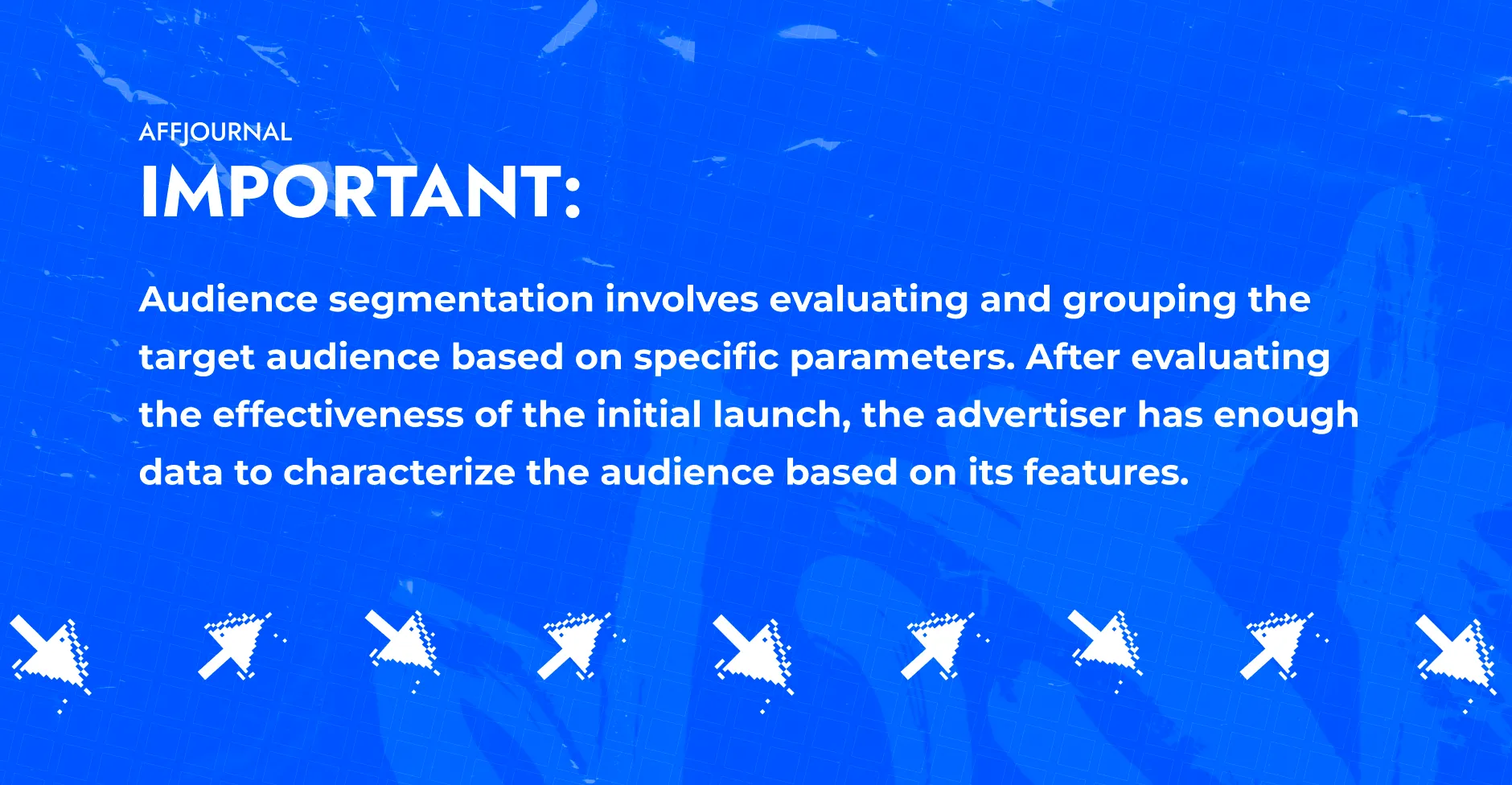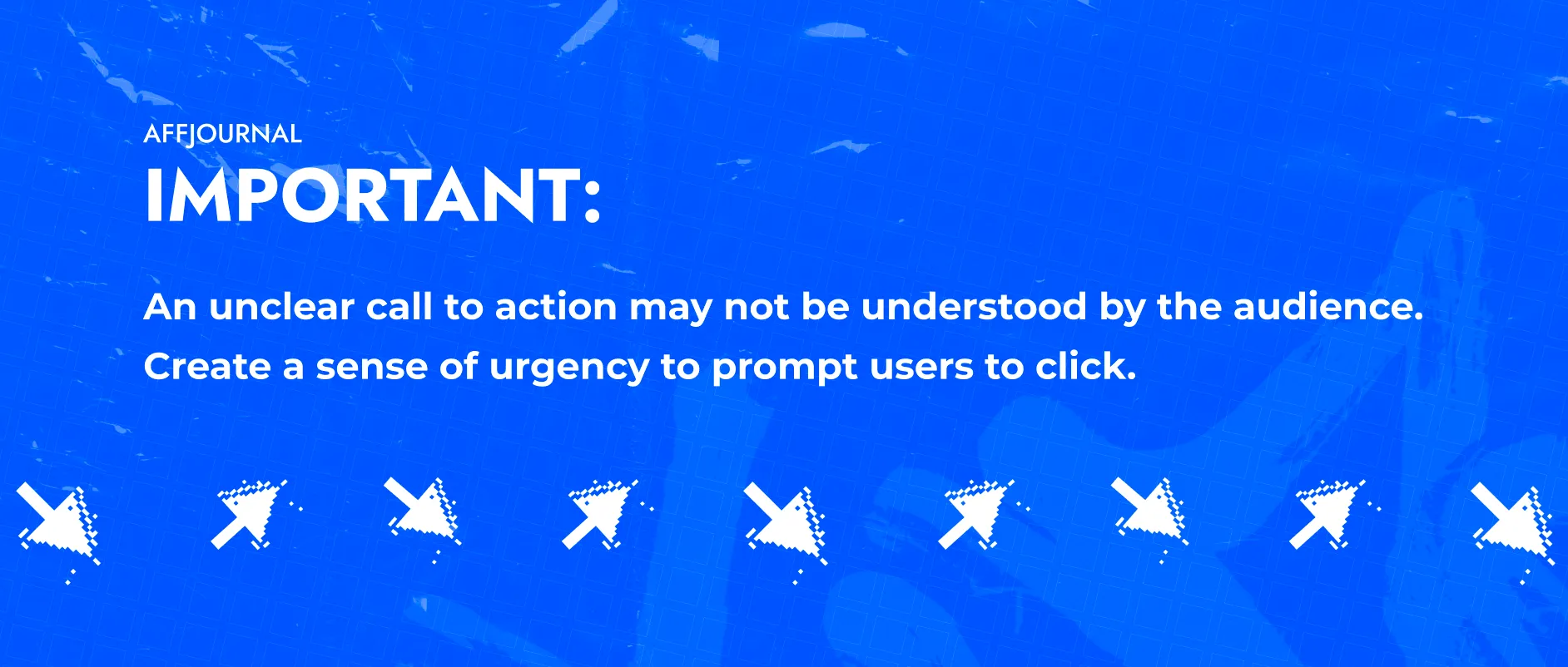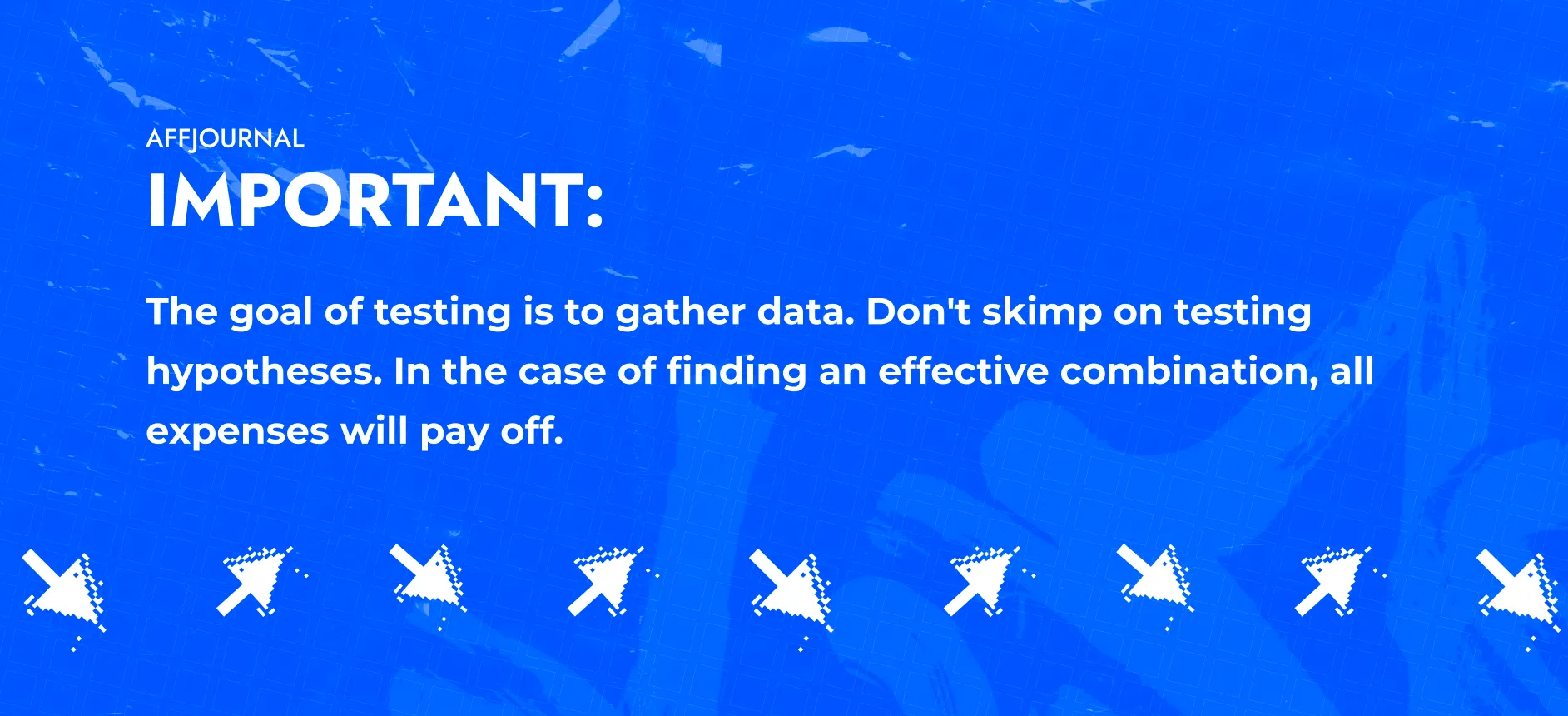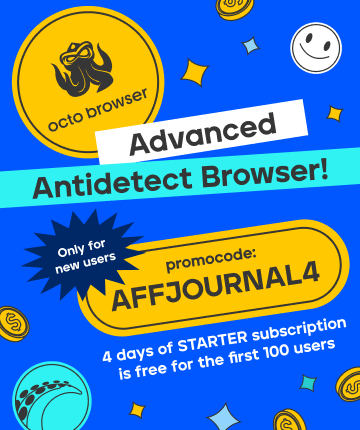

by Editor
When approached correctly, promotion through push notifications can generate stable profits over an extended period. Push networks are not particularly difficult to set up, but mistakes made by advertisers in the process of creating advertising campaigns are widespread. In this material, we'll explore the key mistakes in working with push traffic.
Mistakes of an advertiser when working with push traffic
Avoiding the audience segmentation. The initial launch of an advertising campaign should target a broad audience. This allows assessing the relevance of the offer to users in specific regions and collecting enough data for further campaign optimization.

Creating identical push notifications. Creating similar push notifications will ultimately result in nothing but budget losses. When working with push notifications, it’s crucial to understand the importance of dynamic development and the constant improvement of creatives. The average lifespan of a single ad creative is 4-5 days. To maximize profits from promotion, it’s essential to regularly diversify combinations and be in a constant search for effective ways to influence the audience.
Unclear CTA. Users spend only a few seconds getting acquainted with a notification. The advertiser's task is to capture the user's interest to the maximum during this time and prompt them to click. To achieve this, it's crucial to clearly define the action required from the user and articulate it in the button labels or notification text. The text space is limited, so try to include only the most important information.

Inaccurate landing page. After clicking on the ad, users expect to see the continuation of the story related to the offer on the target offer page. If your creative specifies an exact discount amount or the timeframe for the benefits of using the product, make sure that such information is also present on the landing page. Discrepancies between the creative and landing page can cost leads and damage your reputation.
Refusal to analyze statistical data and tracker information. The success of a campaign depends heavily on the analytical skills of the advertiser and involves constantly collecting data for subsequent campaign optimization. You can find key metric indicators in your Push.House account. However, for collecting precise data, it’s advisable to use a tracker.
Lack of mobile/desktop separation. A common mistake among advertisers aiming to reach as many users as possible. Clicks from desktop devices in Push.House are almost 50% cheaper than clicks from mobile devices. The effectiveness of desktop notifications may differ from mobile devices depending on the vertical and the chosen approach. That's why it’s crucial to separate campaigns and correctly calculate the budget.
Not considering subscription age. A young audience is more valuable and is highly appreciated among advertisers. When working with push traffic, try to launch several campaign variations targeting different subscription age groups. Avoid targeting only those who have been subscribed to push notifications for a while. Typically, “banner blindness” is much more developed in such an audience.
Very low bid. The principle is as old as the planet: the less you pay—the less coverage. The lower the bid for your ad, the fewer users will potentially see it.

Using a “news” approach. For some reason, many advertisers believe that push notifications are a tool for informing users about a product, which, of course, is not the case. Push notifications are a tool to attract attention and demonstrate the benefits of using a product. Abandon the presentation and focus on warming up traffic and increasing motivation to click.
Excessive teaser approach. Using a teaser approach in push notifications is effective only within reasonable limits. Try to be honest and open with the audience. Sometimes, sparking interest can be useful, but creating a mystery shrouded in darkness is definitely not worth it.
Incorrect display timing. In pursuit of budget savings, advertisers often refrain from displaying push notifications at night. In some GEOs, the peak activity of the audience occurs after midnight, so independently reducing the number of impressions without prior analysis of the GEO and audience can cost conversions.
Not enough testing. Don't expect a flow of conversions after the initial launch. Stable performance of the advertising campaign is achieved only after the testing phase of combinations. Before creatives start generating a stable income, the advertiser must identify the most profitable combination and maximize creative efficiency by testing its variables.

Conclusion
Today, push notifications are experiencing a period of increased attention from advertisers. Achieving high conversion rates in Push.House is more than possible. Be attentive, avoid mistakes, test new hypotheses, and strive for maximum profit.
Good luck!

by Editor



comments ....(0)
Leave a comment
You must be in to leave a comment